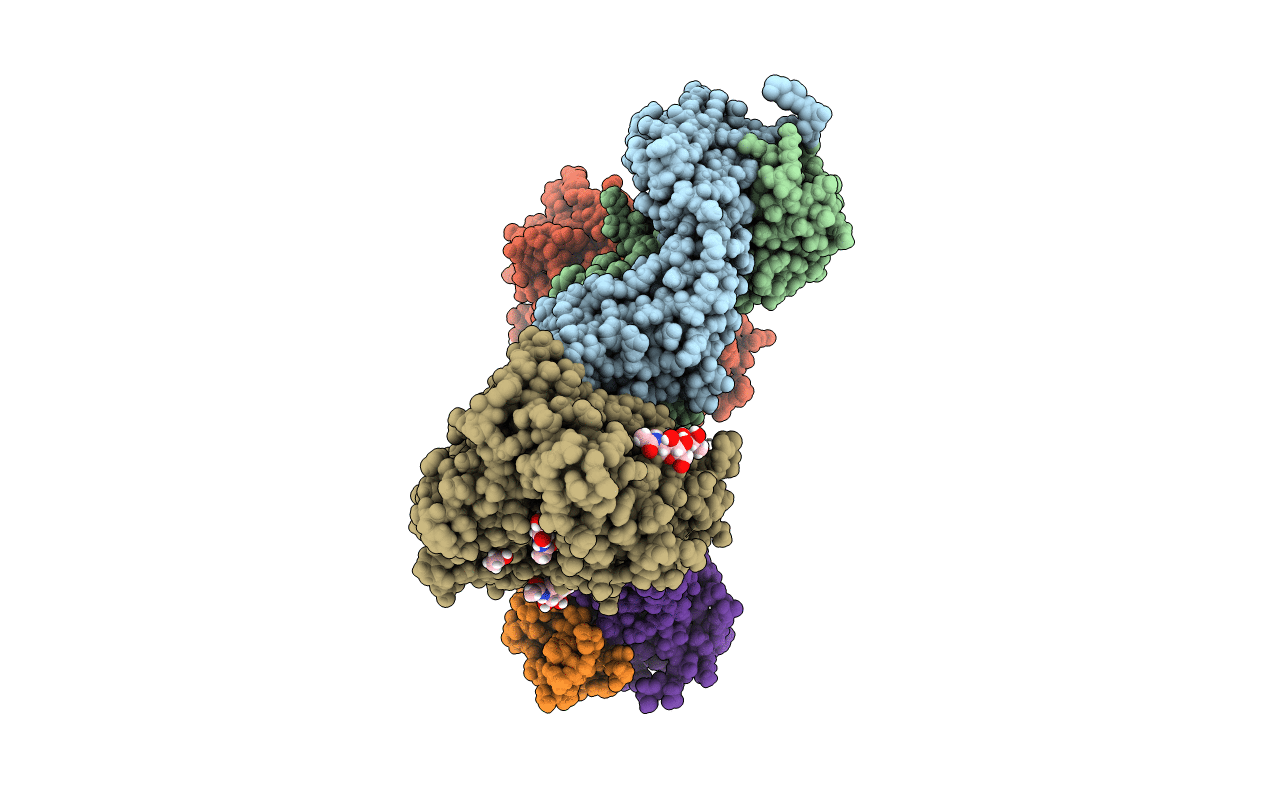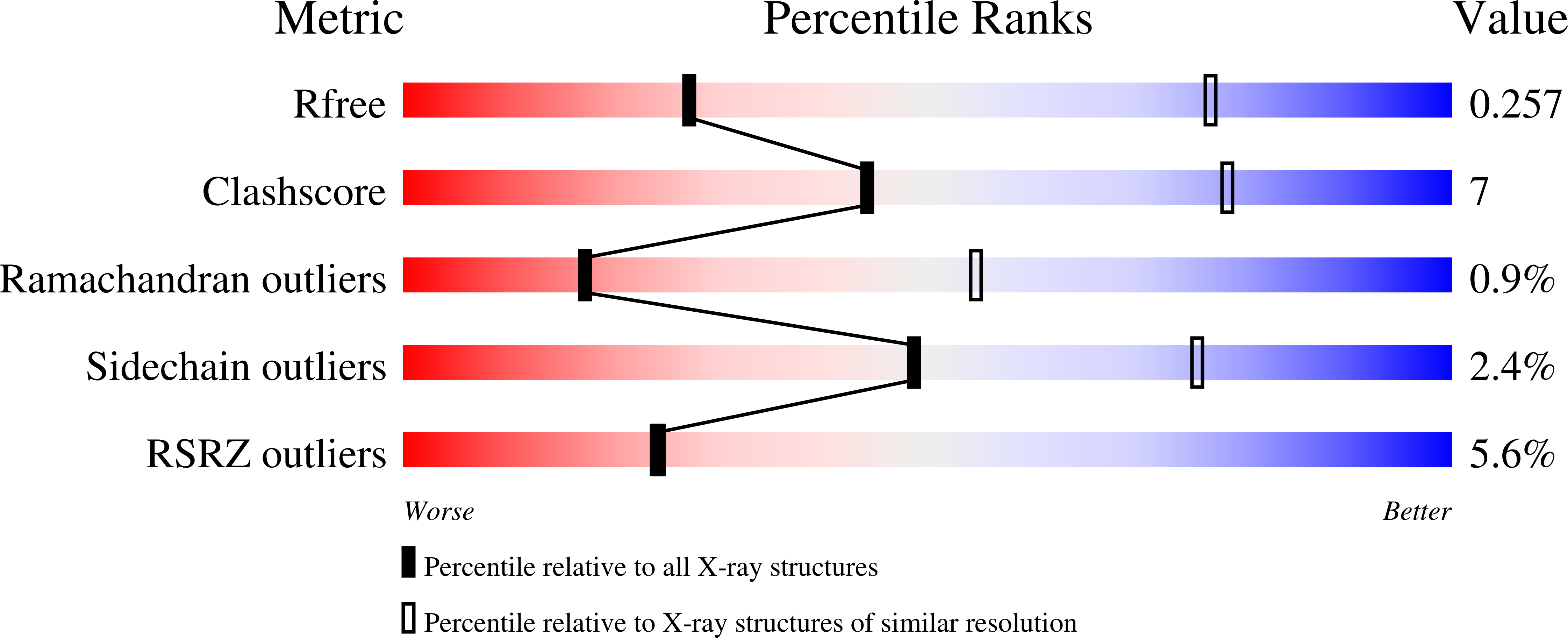
Deposition Date
2014-12-08
Release Date
2015-07-01
Last Version Date
2024-11-06
Entry Detail
PDB ID:
4RX4
Keywords:
Title:
Crystal structure of VH1-46 germline-derived CD4-binding site-directed antibody 8ANC134 in complex with HIV-1 clade A Q842.d12 gp120
Biological Source:
Source Organism:
Human immunodeficiency virus 1 (Taxon ID: 11676)
Homo sapiens (Taxon ID: 9606)
Homo sapiens (Taxon ID: 9606)
Host Organism:
Method Details:
Experimental Method:
Resolution:
3.45 Å
R-Value Free:
0.25
R-Value Work:
0.20
R-Value Observed:
0.21
Space Group:
H 3


